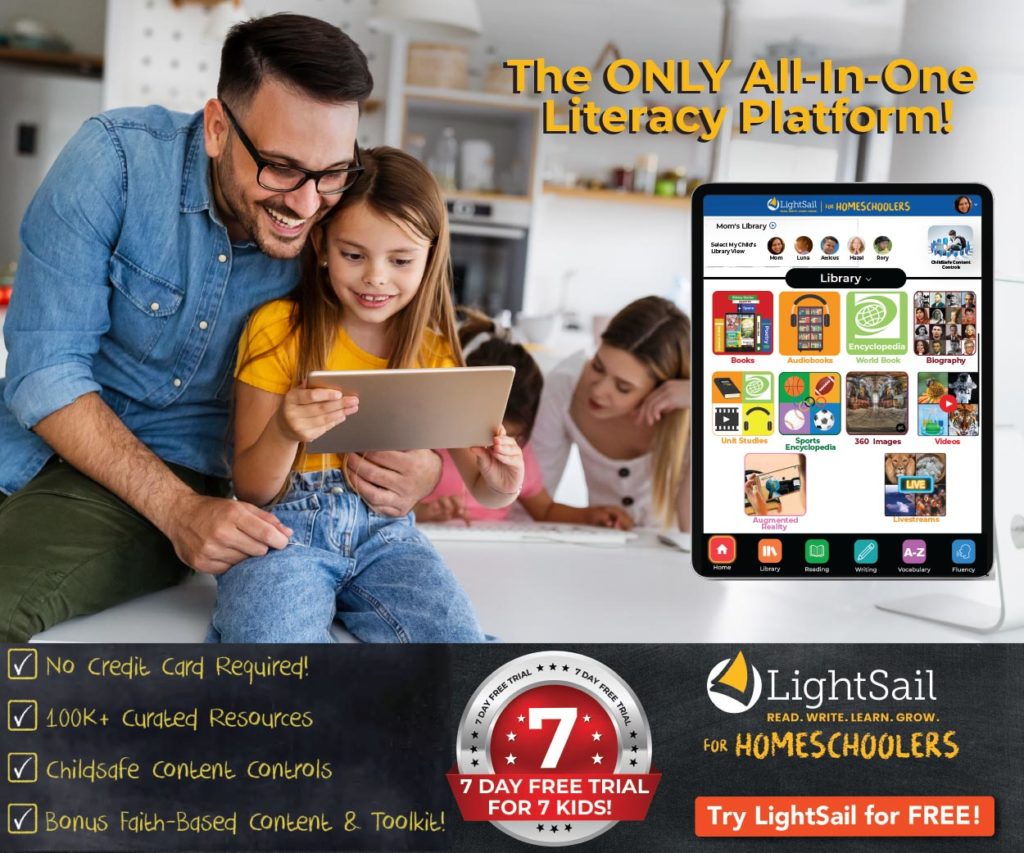
Utilizing digital curriculums can bring an exciting, 21st-century element to homeschooling, but most parents don’t want their kids staring at a screen all day long. When you’ve got your basics happening online, the best way to keep your kids on their educational toes is by incorporating hands-on learning activities into your school day. Kinesthetic learners thrive when there are opportunities to apply what they’ve been learning, so finding ways to incorporate supplemental learning opportunities will benefit everyone and amplify the learning experience.
Science experiments are perhaps the most obvious and the easiest way to incorporate hands-on experiences. From kits you can order online to setting up your own mini-lab at home, the scientific method affords myriad experiences for hands-on learning activities. Even recording results in a science journal or creating charts and graphics counts as a kinesthetic activity.
Thematic learning can provide a great opportunity for hands-on experiences. When you incorporate multiple subject areas into a single overarching theme, you suddenly have plenty of opportunity for the hands-on learning style. For example, working on a unit focused on a book like “The Call of the Wild,” you can incorporate panning for gold, dog anatomy and care, wilderness survival, and more. Depending on where your kids’ interests lie, you can find a way to pique their interest.
Field Trips to living museums or to hands-on museums can be a great supplement to your digital curriculum. If there aren’t any close by, utilize what you do have. Reaching out to local business owners for a tour or demo can be another way to use hands-on learning activities to your digital studies. For example, when studying chemical reactions, talk to the local bakery to see if they can demo yeast in the bread-baking process.
Toys in your house can be an amazing way to amplify math, English, or other subjects. Use Legos to demonstrate a bar graph. Use baking to practice fractions. Pull out the action figures and dolls to act out a story. Art supplies can help you to construct backgrounds and your smartphone video camera can help you to create your own models and dioramas. Sports fans can practice math skills as they play. Board games especially can reinforce skills, and can be a fun activity for the whole family.
No matter what you choose, there are always ways to spice up your digital curriculum with hands-on learning activities. And if you’re drawing a blank, try asking your kids for an idea of how to “play” what they are learning. You might be surprised at their ideas!
LightSail for Homeschoolers provides an online language arts and reading curriculum that is ideal for prompting off-screen extension activities and exploration. From books full of science experiments and arts and crafts to premade unit studies that invite kids to dive deeper, LightSail is the perfect digital tool to spark and support hands-on learning.


Posted on 10.Oct.21 in Homeschool Tips








